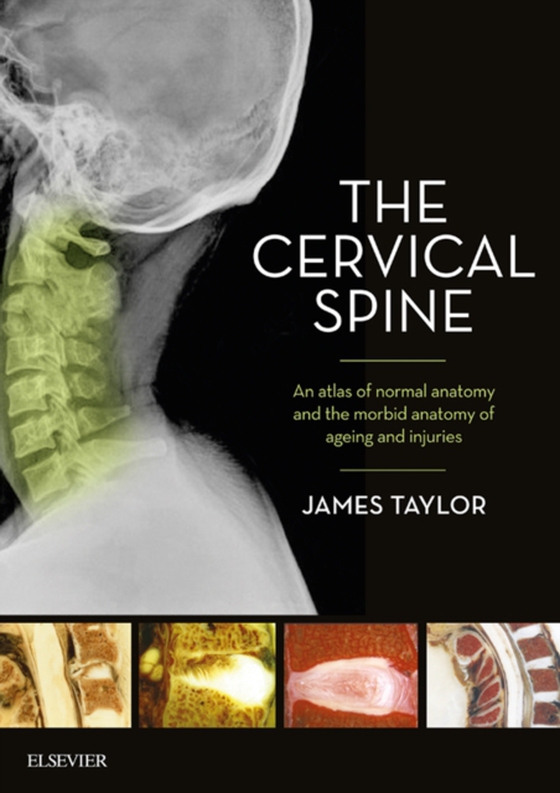
Cervical Spine e-bog
504,55 DKK
(ekskl. moms 403,64 DKK)
Endorsed by Australian Physiotherapy Association! APA is the national body for physiotherapy in Australia and is a not for profit membership organisation with 24.4K members. The APA and Elsevier work together on reviewing and endorsing physiotherapy publications that are then promoted to the membership. An essential reference for health practitioners and students!The Cervical Spine: An atlas o...
E-bog
504,55 DKK
Forlag
Elsevier
Udgivet
15 september 2017
Genrer
Anatomy
Sprog
English
Format
pdf
Beskyttelse
LCP
ISBN
9780729586603
Endorsed by Australian Physiotherapy Association! APA is the national body for physiotherapy in Australia and is a not for profit membership organisation with 24.4K members. The APA and Elsevier work together on reviewing and endorsing physiotherapy publications that are then promoted to the membership. An essential reference for health practitioners and students!The Cervical Spine: An atlas of normal anatomy and the morbid anatomy of ageing and injuries is a unique collection of more than 150 anatomical images documenting the development, maturation and ageing of the cervical spine and pathologies associated with ageing and injury. Representing the extensive research conducted by Professor James Taylor into the cervical spine gathered from his study of 266 autopsies over almost a decade, this text is a guide to support the clinical diagnosis of cervical spine trauma and pain. ALSO AVAILABLE AS A SEPARATE PURCHASE - Online Image Library The entire collection of more than 150 images with annotations, extracted from The Cervical Spine: An atlas of normal anatomy and the morbid anatomy of ageing and injuries - an ideal supplement to enhance teaching, study or practice. Contrast functional cervical anatomy with age-related degenerative changes impacting on function and potentially resulting in pain and disability Examine pictorially cervical spinal injuries resulting from blunt trauma Compare the pathology of common lesions found in well-aligned spines with those of patients with whiplash-associated disorder
 Dansk
Dansk

